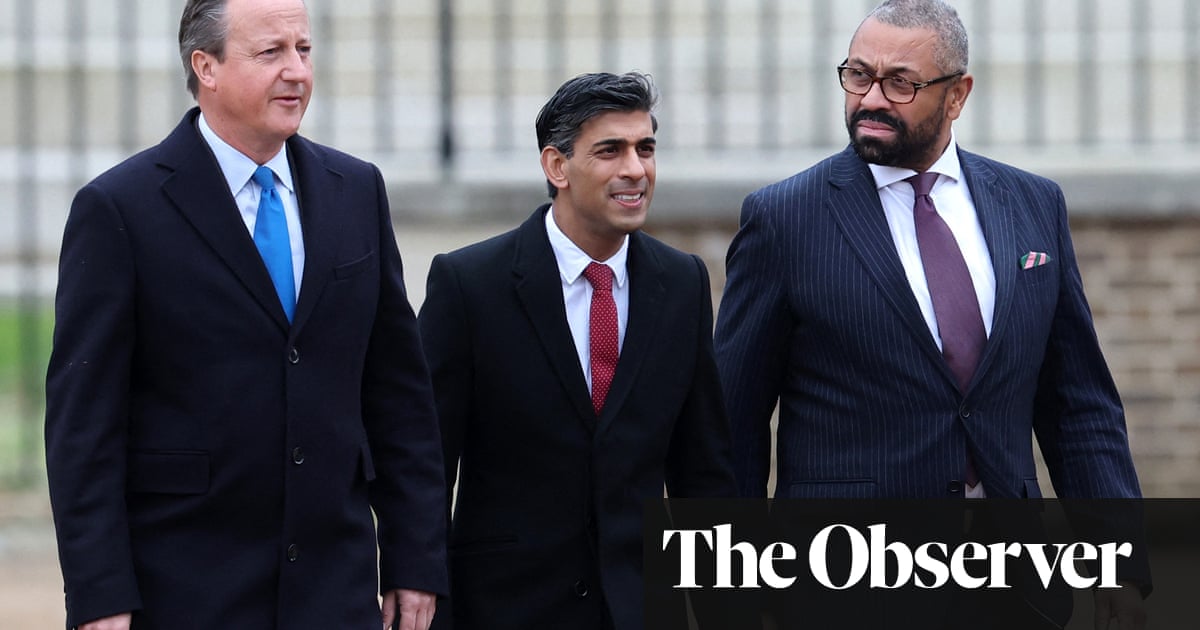
With a return to the office now a real possibility, workers in the UK are thinking about something they haven’t for a while: what to wear. This comes after 16 months at home with only a laptop for company – and only a semblance of presentability required for video calls. The conventions of office attire are being reassessed, particularly by men who often wore suits for work. So are they ditching the jogging bottoms and dusting off their suits or are elasticated waists here to stay?
With hybrid working – spending part of a working week in the office, part from home – now seen as a possible post-pandemic possible, Sam Kershaw, the buying director of menswear site Mr Porter, suggests there will be hybrid wardrobe to match. “Our customers are not ready to disregard the ‘at home’ shift of investing in comfortable, versatile pieces for their wardrobe,” he says. “Particularly as many will remain working from home in some capacity.”
Sweatpants and other relaxed items boomed during the height of the pandemic – with pyjamas even acceptable as a fashion item earlier this year. Kershaw says this taste of comfort v the formal stiffness of tailoring is something that customers want to maintain – but they will combine it with pieces to smarten up their look. “There isn’t a sudden array of men dutifully donning a shirt and tie, aside from those professions that require it,” he says. “Instead, men are wearing smartened up versions of the casualwear we’ve been wearing throughout lockdown with easy-wearing separates.” He describes the look as “that sweet spot between casual and formal”.
Other brands have noticed the demand for clothes that sit between these two aesthetics. Marks & Spencer has worked on smart-casual suits which combine soft shoulders on a blazer and trousers that are closer to sweatpants. Hugo Boss, meanwhile, has collaborated with Russell Athletic to produce suits in jersey fabric, some of which had shorts in place of trousers.
Tailoring brands still hope for a boost to sales with a lifting of restrictions. Speaking to the Guardian in November, Sean Dixon, the managing director of the bespoke tailors Richard James, said: “I genuinely feel that post-lockdown there will be a reaction to how we have all been dressing recently. I believe there will be an outpouring of expression, a desire to ‘dress up’.”
Kershaw does predict that men will eventually shop across different styles, and says tailoring and formalwear has seen a recent pickup. But he says, as with many things, the pandemic was a catalyst in menswear. It sped up a casualisation already in process. In 2019, market analysts Kantar reported that sales of suits were down 7% year-on-year and even investment banking was loosening up – Goldman Sachs announced a new “flexible dress code” with suits no longer mandatory.
“The consideration of how and where we wear our clothes is something that has been going on for some time and has shifted enormously,” says Kershaw. “Traditionally, men had an office wardrobe of suits, smart shirts … Now, men wear sports hoodies to lunch, wear sneakers to work and want to be able to go for a drink or dinner in a suit and T-shirt. Occasionwear has become much more fluid and this is set to continue.”
While Kershaw says he has noticed items ranging from longline shorts to statement watches become trends since restrictions were lifted on 19 July, he is most struck by a bigger change. “Ultimately the biggest ‘trend’ we are witnessing is the shift in our customer shopping habits to prioritise well-made things, with longevity and functionality top of mind,” he says. Hybrid items that can work for working from home, for an office meeting and weekend activities tick those boxes.












